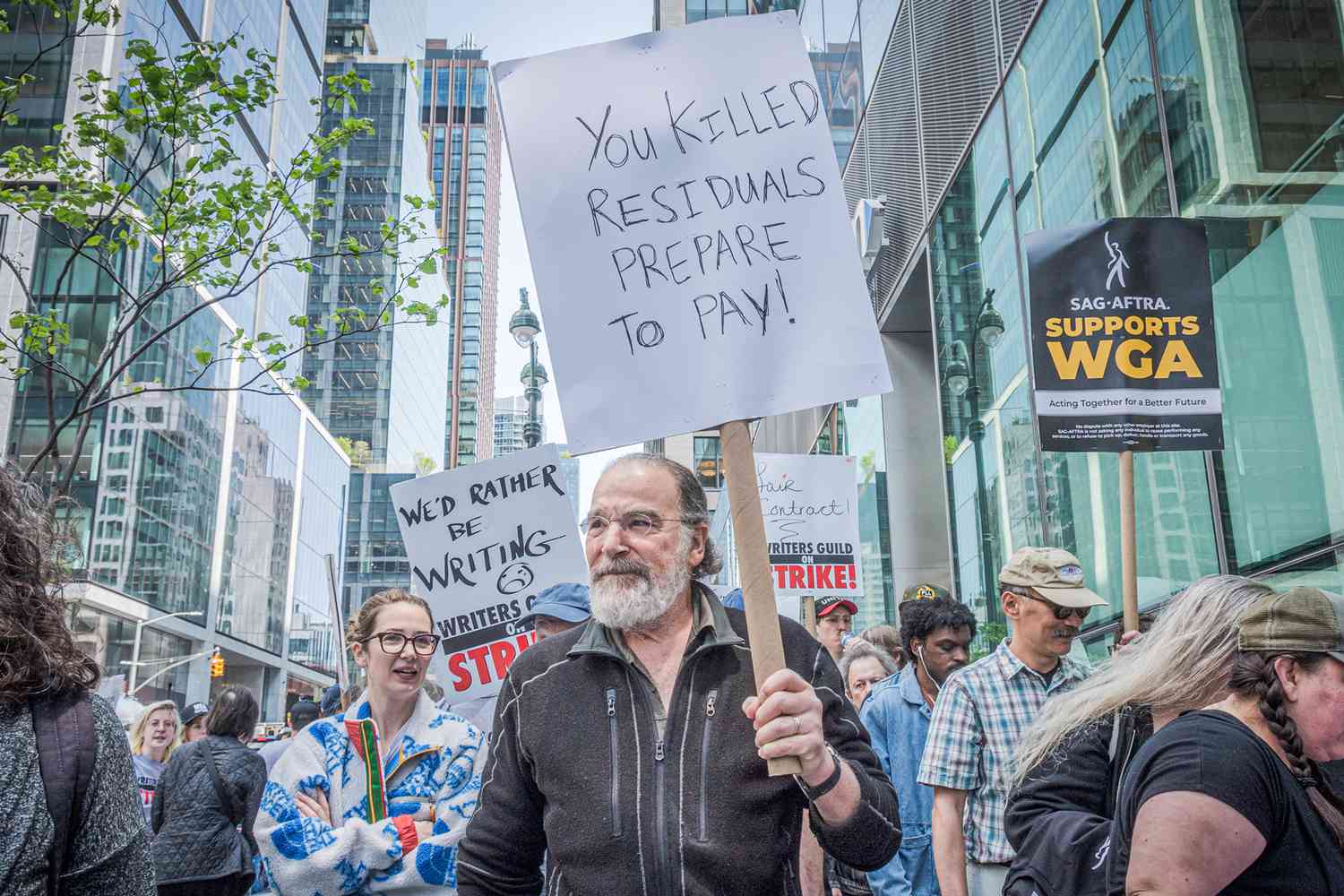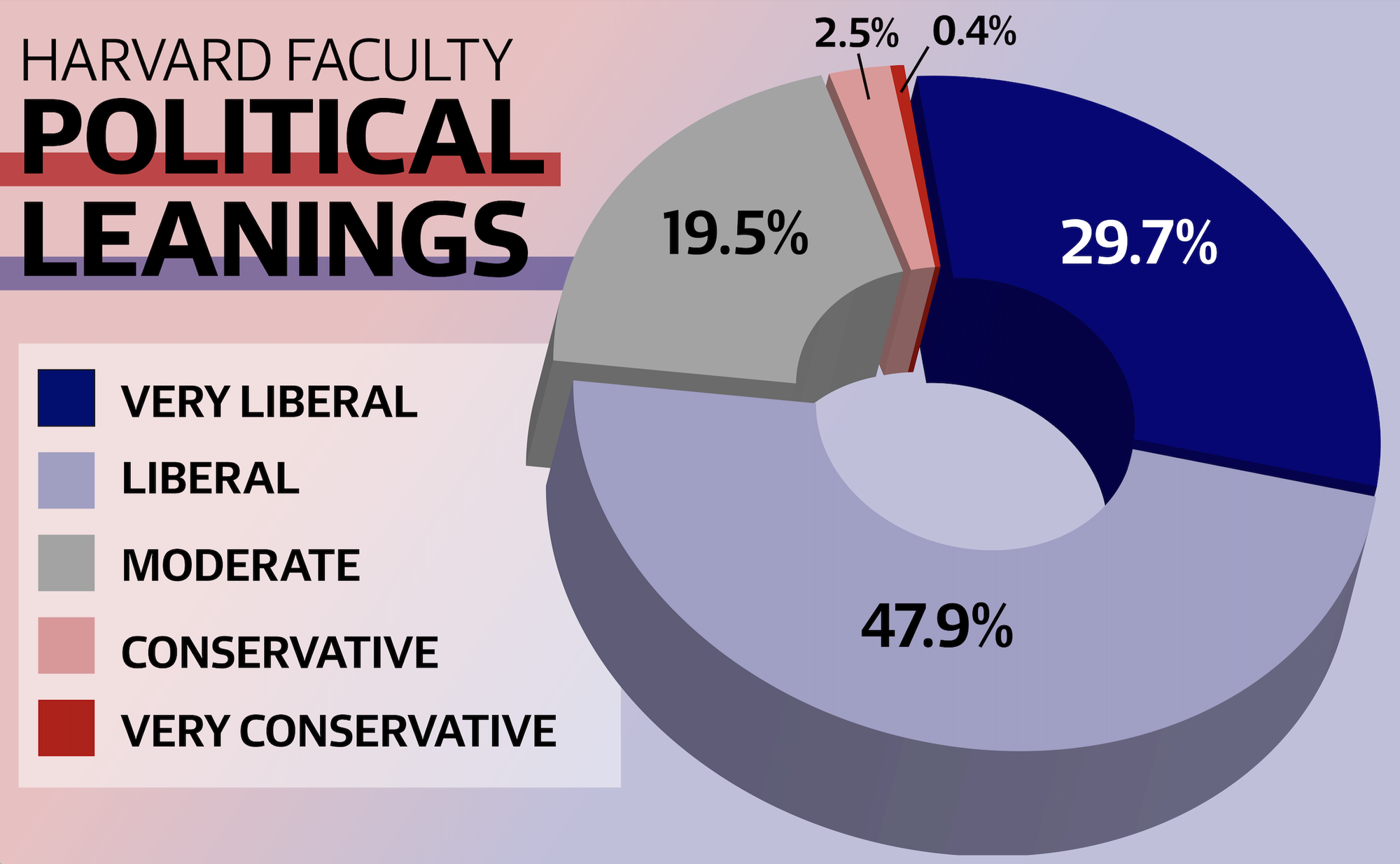WGA And SAG-AFTRA Strike: What It Means For Hollywood And Film Production

Table of Contents
The Core Issues Fueling the WGA and SAG-AFTRA Strike
The simultaneous strikes by the WGA and SAG-AFTRA are fueled by a multitude of interconnected concerns, all stemming from the changing landscape of the entertainment industry. Both unions are fighting for fairer compensation, improved working conditions, and protections against the growing influence of artificial intelligence.
Fair Wages and Residuals in the Streaming Era
The rise of streaming services has dramatically altered the compensation models for writers and actors. Traditional residuals, payments made to creatives each time their work is aired, have been significantly diminished, if not eliminated entirely, by streaming platforms' subscription-based models.
- Traditional Residuals: Previously, actors and writers received residuals each time a film or TV show aired on television, generating substantial income from syndication and reruns.
- Streaming's Impact: Streaming services often pay a single upfront fee, regardless of viewership or how many times a show is streamed, leaving writers and actors with significantly less compensation than they would have received under the old model. This is particularly detrimental for those whose work might have been highly successful on a traditional network. Netflix's success with shows like Stranger Things further illustrates this disparity.
AI and its Impact on Creative Work
The increasing use of artificial intelligence in scriptwriting and visual effects is another major point of contention. Both unions express deep concern about the potential for AI to displace human creatives and the lack of control they have over their work when AI is involved.
- AI in Scriptwriting: AI tools can generate scripts, raising fears that writers will be replaced by algorithms. The unions want guarantees that AI won't be used to replace human writers or diminish their creative control.
- AI in Visual Effects: The use of AI in visual effects raises similar concerns. Actors are worried about their likeness being used without consent and without fair compensation, and writers worry that their ideas and creative processes could be easily replicated by AI, further devaluing their work.
Working Conditions and Health Insurance
The strikes also highlight long-standing concerns about grueling working conditions and the accessibility of affordable health insurance. Actors and writers often face excessive hours, inadequate breaks, and pressure to compromise their well-being for the sake of production.
- Long Working Hours: Many productions routinely exceed acceptable working hours, leaving creatives exhausted and prone to burnout.
- Inadequate Breaks: The lack of sufficient meal breaks and rest periods adds to the physical and mental strain on those working long hours.
- Health Insurance: Affordable and comprehensive health insurance remains a critical concern for many in the industry who may face periods of unemployment between projects.
The Impact on Hollywood Film and Television Production
The WGA and SAG-AFTRA strike has already had a significant impact on Hollywood, bringing numerous productions to a complete halt. This ripple effect extends far beyond the creative professionals directly involved.
Production Halts and Delays
The strike has resulted in the immediate suspension of countless film and television projects, causing significant financial losses for studios and impacting countless support staff.
- Major Productions Shut Down: High-profile projects like Dune: Part Two, The Marvels, and many late-night talk shows have been indefinitely postponed.
- Economic Impact: The economic repercussions are substantial, with billions of dollars in potential revenue lost daily due to production delays. Industry analysts are carefully tracking these financial losses, providing crucial insights into the strike’s impact.
The Ripple Effect on Related Industries
The impact of the strike extends far beyond the studios and production companies. Many related industries, providing essential services to film and television productions, are experiencing financial hardship.
- Catering and Transportation: Catering companies, transportation services, and location managers are facing reduced or eliminated work.
- Post-Production: Post-production houses, responsible for editing, visual effects, and sound mixing, are also experiencing significant slowdowns.
Potential Long-Term Consequences for the Industry
The strike could lead to significant changes in the future of the entertainment industry, reshaping production models, compensation structures, and the overall relationship between studios and creative professionals.
- Changes in Production Models: The industry may see a shift towards smaller-scale productions or a greater emphasis on independent projects.
- New Compensation Structures: Negotiations might lead to revised payment models that better reflect the value of creative work in the streaming era.
- Improved Working Conditions: This could become a turning point, pushing the industry towards more equitable and humane working practices.
Potential Resolutions and Future of the WGA and SAG-AFTRA Strike
Reaching a resolution to the WGA and SAG-AFTRA strike requires compromise from both sides. Analyzing previous strikes and considering public opinion will play a significant role.
Previous Strikes and Their Outcomes
Past strikes have resulted in crucial changes to industry practices. Examining these precedents provides context for understanding the current negotiations.
- Past WGA strikes: Previous WGA strikes have led to improvements in residuals and minimum pay.
- Past SAG-AFTRA strikes: Past actions have resulted in better health insurance and pension plans for actors.
Public Opinion and Media Coverage
Public support for the strikers could influence the studios' willingness to negotiate. Media coverage plays a pivotal role in shaping public perception.
- Social Media's Influence: Social media platforms allow for a rapid dissemination of information and are actively used to support and publicize both sides.
- Media Narratives: The portrayal of the strike in major media outlets can sway public opinion and impact the negotiation process.
The Long Road to Resolution
The resolution to this strike may be prolonged, requiring extensive negotiations and compromises. The uncertainty surrounding the timeline adds to the overall complexity of the situation.
Conclusion
The WGA and SAG-AFTRA strike is a watershed moment for Hollywood. The core issues – fair wages, residuals in the streaming era, AI's impact, and working conditions – underscore the need for a fundamental reassessment of the relationship between studios and creative professionals. The strike's impact is far-reaching, affecting not only production schedules and studios' bottom lines but also related industries and the broader economy. The long-term consequences could be transformative, leading to significant changes in how films and television are made and compensated for. Stay informed about the ongoing WGA and SAG-AFTRA strike by following reputable news sources and participating in discussions. Share your thoughts and opinions; what solutions do you see to resolving this critical conflict affecting the entertainment industry? What are your predictions for the future of the WGA and SAG-AFTRA strike and its lasting impact? Let’s continue this conversation.

Featured Posts
-
 Rehired After Layoff Negotiating Your Return To Your Former Employer
Apr 26, 2025
Rehired After Layoff Negotiating Your Return To Your Former Employer
Apr 26, 2025 -
 Navigate The Private Credit Boom 5 Dos And Don Ts For Job Seekers
Apr 26, 2025
Navigate The Private Credit Boom 5 Dos And Don Ts For Job Seekers
Apr 26, 2025 -
 Us Port Fees To Cost Auto Carrier 70 Million Worst Case Scenario
Apr 26, 2025
Us Port Fees To Cost Auto Carrier 70 Million Worst Case Scenario
Apr 26, 2025 -
 Harvard University A Conservative View On Its Revitalization
Apr 26, 2025
Harvard University A Conservative View On Its Revitalization
Apr 26, 2025 -
 Jan 6 Committee Witness Cassidy Hutchinson To Publish Memoir This Fall
Apr 26, 2025
Jan 6 Committee Witness Cassidy Hutchinson To Publish Memoir This Fall
Apr 26, 2025
Latest Posts
-
 How Professionals Helped Ariana Grande Achieve Her New Look
Apr 27, 2025
How Professionals Helped Ariana Grande Achieve Her New Look
Apr 27, 2025 -
 The Impact Of Professional Help On Celebrity Image Ariana Grandes Case Study
Apr 27, 2025
The Impact Of Professional Help On Celebrity Image Ariana Grandes Case Study
Apr 27, 2025 -
 Hair And Tattoo Transformations Learning From Ariana Grandes Choices
Apr 27, 2025
Hair And Tattoo Transformations Learning From Ariana Grandes Choices
Apr 27, 2025 -
 Ariana Grandes Bold New Look A Look At Professional Styling And Body Art
Apr 27, 2025
Ariana Grandes Bold New Look A Look At Professional Styling And Body Art
Apr 27, 2025 -
 Understanding Ariana Grandes Style Changes The Importance Of Professional Guidance
Apr 27, 2025
Understanding Ariana Grandes Style Changes The Importance Of Professional Guidance
Apr 27, 2025
